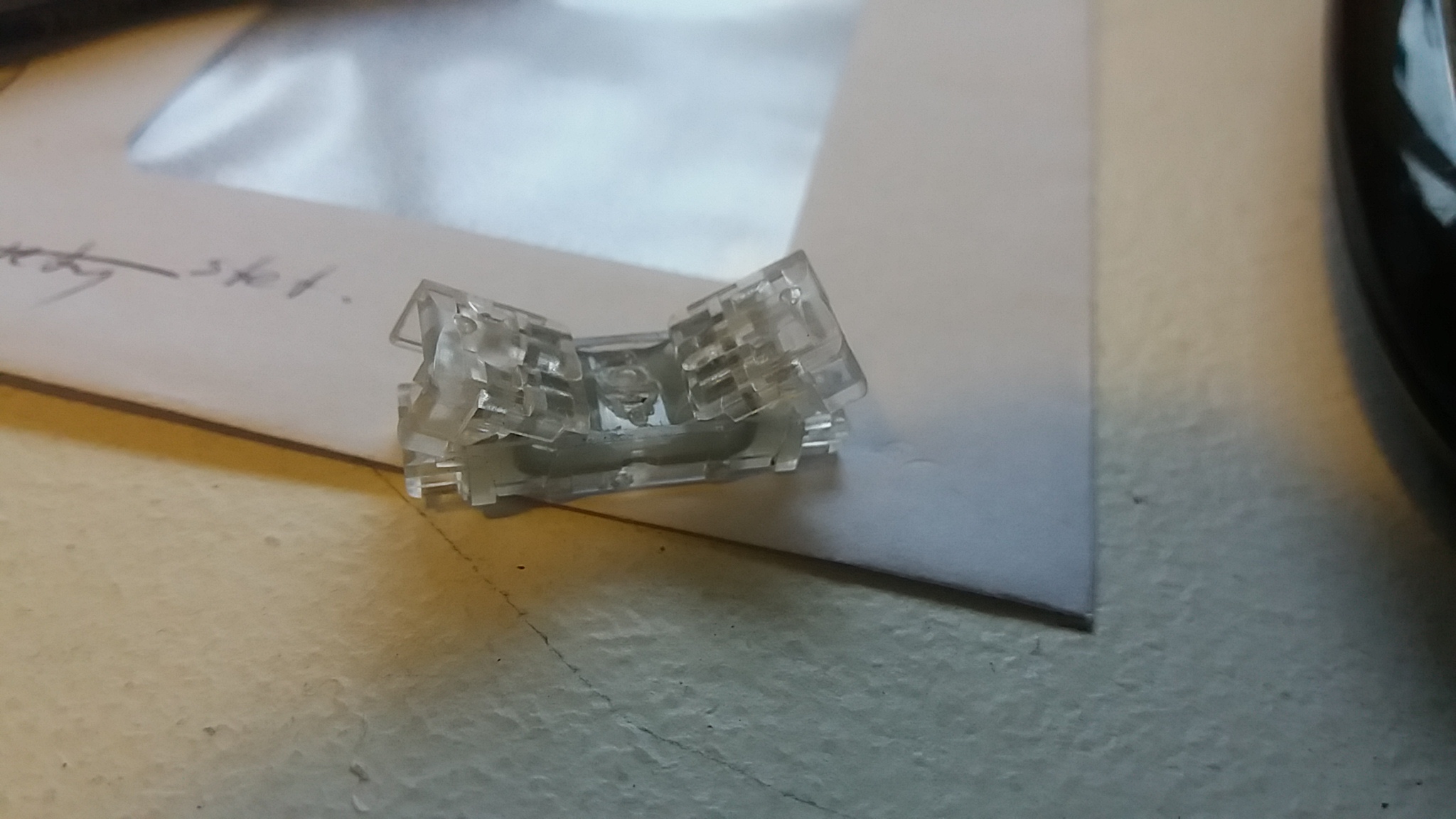So this weekend I'm considering, strongly, about hacking into my house wiring to see if I can improve my VDSL as fibre is at least a month away and I'm getting quite frequent disconnections. Way too many!
I used to get quite regular sync speeds of around 40Mb down. However lately its around 15Mb down - strangely up has been pretty consistent currently at around 13Mb up.
Wiring hasnt changed but stats suggest a lot more noise.
As mentioned I'm looking at "hacking" around in the wiring. At present I have a master filter installed even though I have no POTS. I'm with 2 degrees so unlike Spark I dont think they have basic POTS (as I saw in another discussion) which would warrant always having a master filter I'm curious as to whether the filters could, over time, die or become unstable?
I'm also wondering if my Fritzbox 7390 is starting to go. I've had these for quite a while - cant actually remember when I got VDSL installed - was as soon as it was available to me (I'm up on the Hibiscus Coast).
In the first instance I'm considering soldering the wires rather than using those button joins (will this likely improve things?). Before doing this I'd run out and get a master filter if there's a good chance its past its best before date! Or, as there's no POTS, could I bypass the filter entirely...by removing it? Would it be worth testing removing the filter?
So TLDR:
- Is it worth replacing the master filter?
- Do I even need one with no POTS?
- Will soldering connections improve things over the button connectors (sorry dont know their proper name)?





